This post may contain affiliate links. That means if you click on a link and make a purchase, I may make a small commission at no additional cost to you. Thank you for your support!
If you’ve been keeping up with my recent posts, you know that I’ve been delving into the world of Indian spices and blends. Not too long ago, I dedicated a whole article to the differences between two of the most commonly used blends – curry powder and garam masala, along with a companion article all about Garam Masala. To complete this exploration, I think it’s only fitting to dive deeper into the intricacies of curry powder. So, let’s explore the deliciousness!
Curry powder is an Indian-inspired mixture of spices, usually consisting of turmeric, coriander, and cumin, as well as other spices such as fenugreek, ginger, and cinnamon. It’s known for its vivid color and haunting aroma.
The History of Curry Powder
Contrary to popular belief, curry powder is not a traditional Indian spice blend, but was actually created for the British as a way to effortlessly replicate the delicious and spiced recipes they relished in their Indian colonies.
The word “curry” is believed to be a derivation of the Tamil word “kari,” which means sauce. It was during the British colonial era in the 18th century that curry powder as we know it today emerged. The British, who had a fondness for the flavors of Indian cuisine, sought a convenient way to recreate the taste of their favorite dishes back home. This led to the development of curry powder, a pre-mixed spice blend that could be easily transported and used in a variety of recipes.
What does curry powder taste like?
Like most spice blends, the flavor of curry powder varies depending on the region and the preferences of the cook. Generally, it’s somewhat bitter from the turmeric, with warm, earthy undertones from cumin, and bright and citrusy floral notes from coriander. The addition of other spices, such as fenugreek or cinnamon, adds to the complexity of the blend. The result is a vibrant and well-balanced medley of flavors that can range from mild and earthy to fiery and pungent.
What is the aroma of curry powder?
The aroma of curry powder is quite distinct. Its warm spice aromas, mingled with notes of citrus make me think of sunny autumn days. It could be described as earthy, warm, and slightly sweet. The scent alone can transport you to far-off lands and evoke memories of cozy kitchens and delicious meals.
What gives curry powder its yellow color?
Turmeric, one of the main components in curry powder, gives that vibrant yellow color. In addition to providing a warm and earthy flavor, it also adds a pleasant bitterness to the blend. It’s worth noting that not all curry powders contain turmeric. For example, red and green curry powders from Thailand are exceptions to the typical turmeric-based yellow curry powders.
Curry powder vs curry paste vs curry leaves
While curry powder, curry paste, and curry leaves all share the name “curry,” they are distinct ingredients with different characteristics and uses. Curry powder, as discussed in this post, is a dry spice blend that combines various ground spices and is typically added during cooking as a base flavor in recipes.
Curry paste, on the other hand, is a wet mixture made from fresh ingredients. It is used as a base ingredient for sauces, curries, soups, and stews, as a marinade for meats, or mixed with yogurt, mayo, or vinegar for a sauce or dressing. It is commonly used in Thai and Southeast Asian cuisines.
Curry leaves, although they share the name, are not related to curry powder or curry paste. They come from the curry tree and have a distinct flavor with citrusy, earthy, bitter, pungent, and aromatic notes. Curry leaves are commonly used in Indian cooking and are added to dishes during the cooking process to infuse them with their unique aroma and taste.
Buying and Storing Curry Powder
When purchasing curry powder, opt for high-quality brands that use fresh spices as a base. Look for a blend that suits your taste preferences, whether you prefer mild, medium, or spicy flavors. It’s also worth checking the ingredient list to ensure that no fillers or additives have been included. Once you’ve brought your curry powder home, store it in an airtight container in a cool, dark place away from direct sunlight, heat, and moisture – in other words, NOT above the stovetop. This will help preserve its flavor and potency for longer.
My favorite place to purchase curry powder (or almost any spice, for that matter), is Savory Spice. They carry high-quality, fresh spices for reasonable prices. I highly recommend them for both spices and dried herbs.
Savory Spice Curry Powder
 Buy Now →
Buy Now → 
Curry Powder Substitutes
While curry powder is quite distinct, there are a few easy substitutions that can help you achieve a similar taste in your meals. One option is to make your own quick blend of curry powder by mixing a few key spices. Combine one part ground turmeric, two parts ground cumin, and three parts ground coriander for a basic substitute. Feel free to change the volumes if you like. If you have ground cinnamon, ground ginger, and freshly ground black peppercorns add a pinch of those, too.
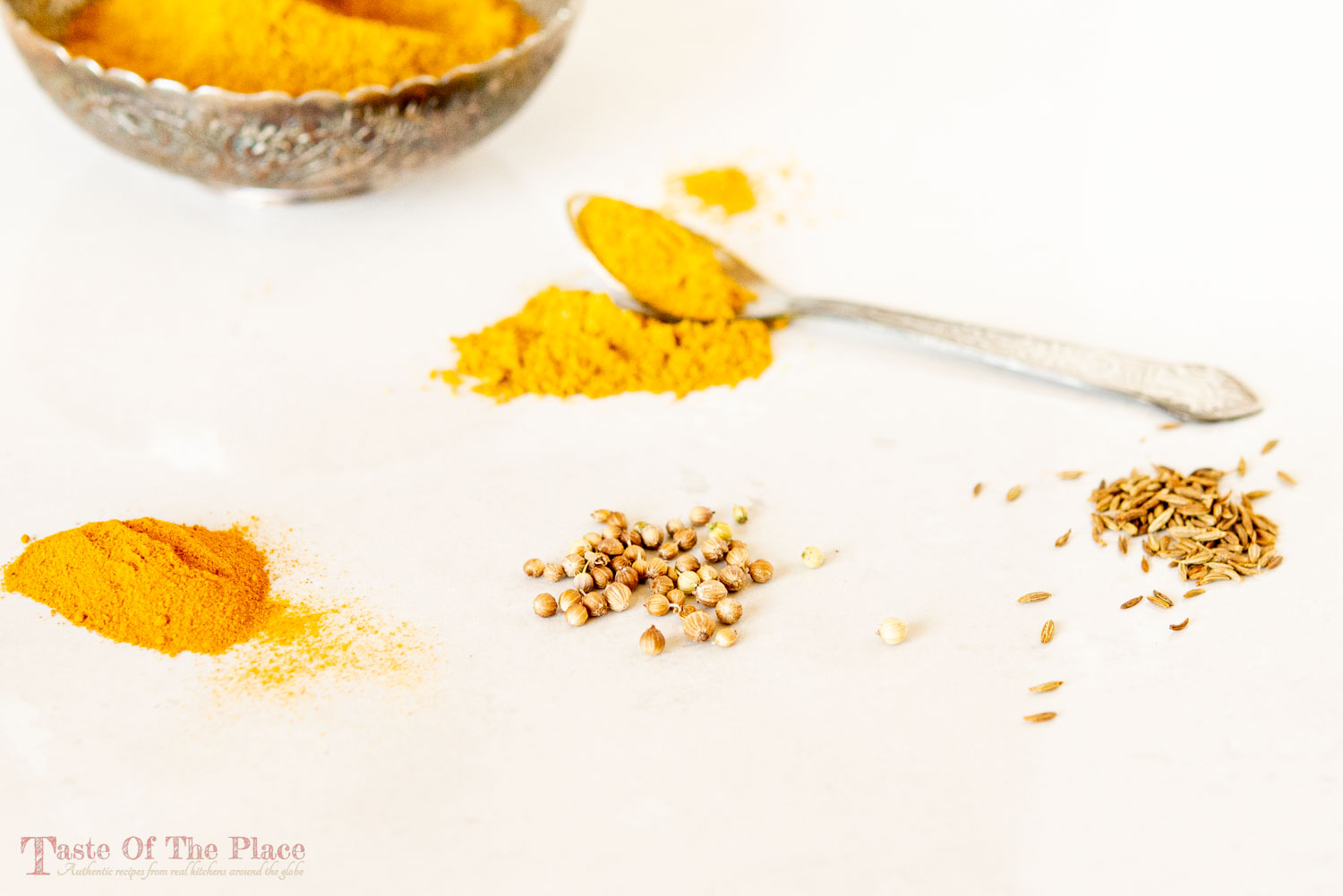
Another alternative is to use a spice blend that shares some of the same spices and flavor profiles, such as garam masala. If you’re feeling adventurous, go a slightly different direction with your recipe and substitute other spices like paprika, chili powder, or mustard seeds to add complexity and depth to your dishes.
Yummy Recipes Using Curry Powder
Curry powder is very versatile and can be used in a wide range of dishes, from meat to seafood to veggies. Below are a few of my favorites from Taste Of The Place…
Enjoy the spicy adventure!
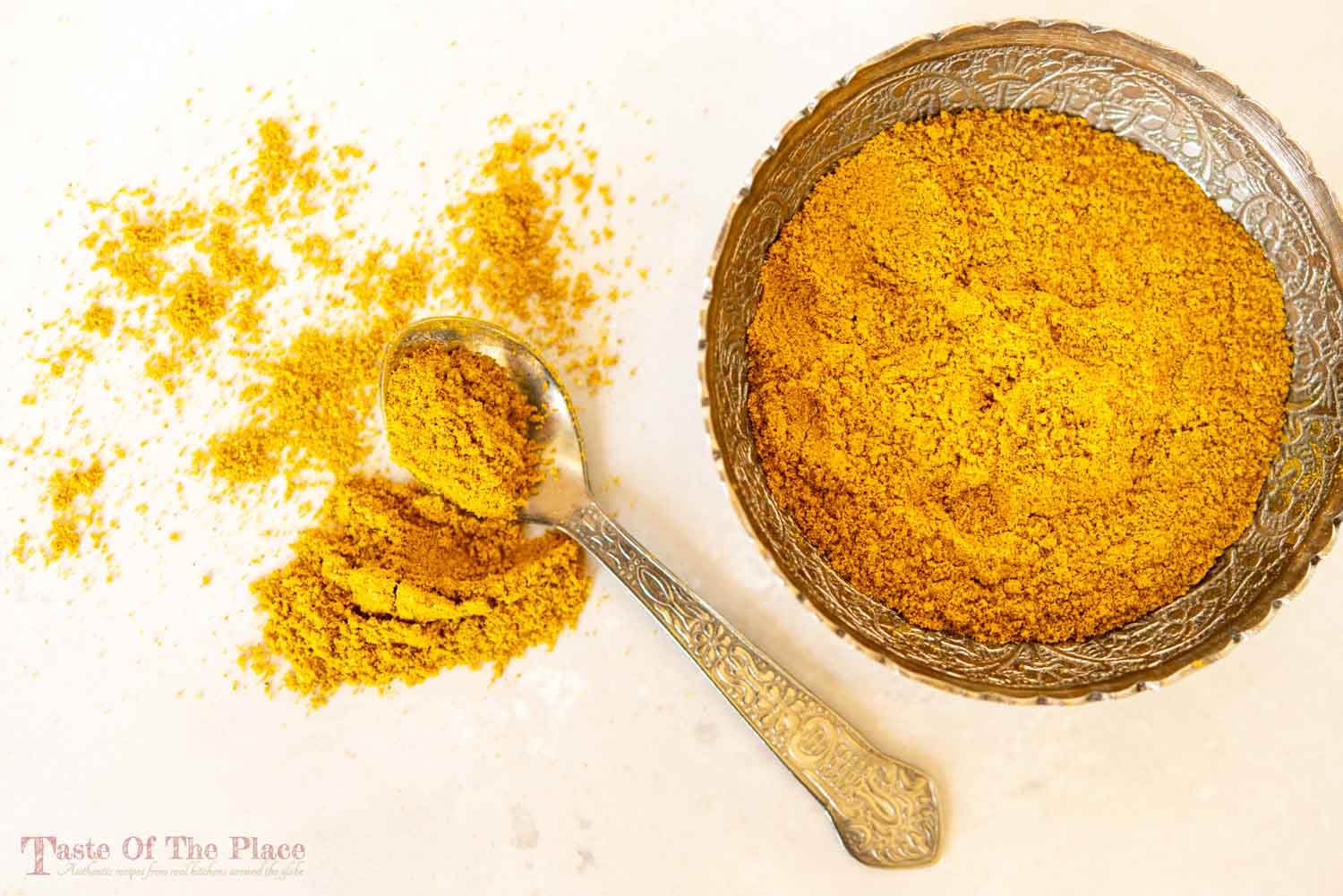

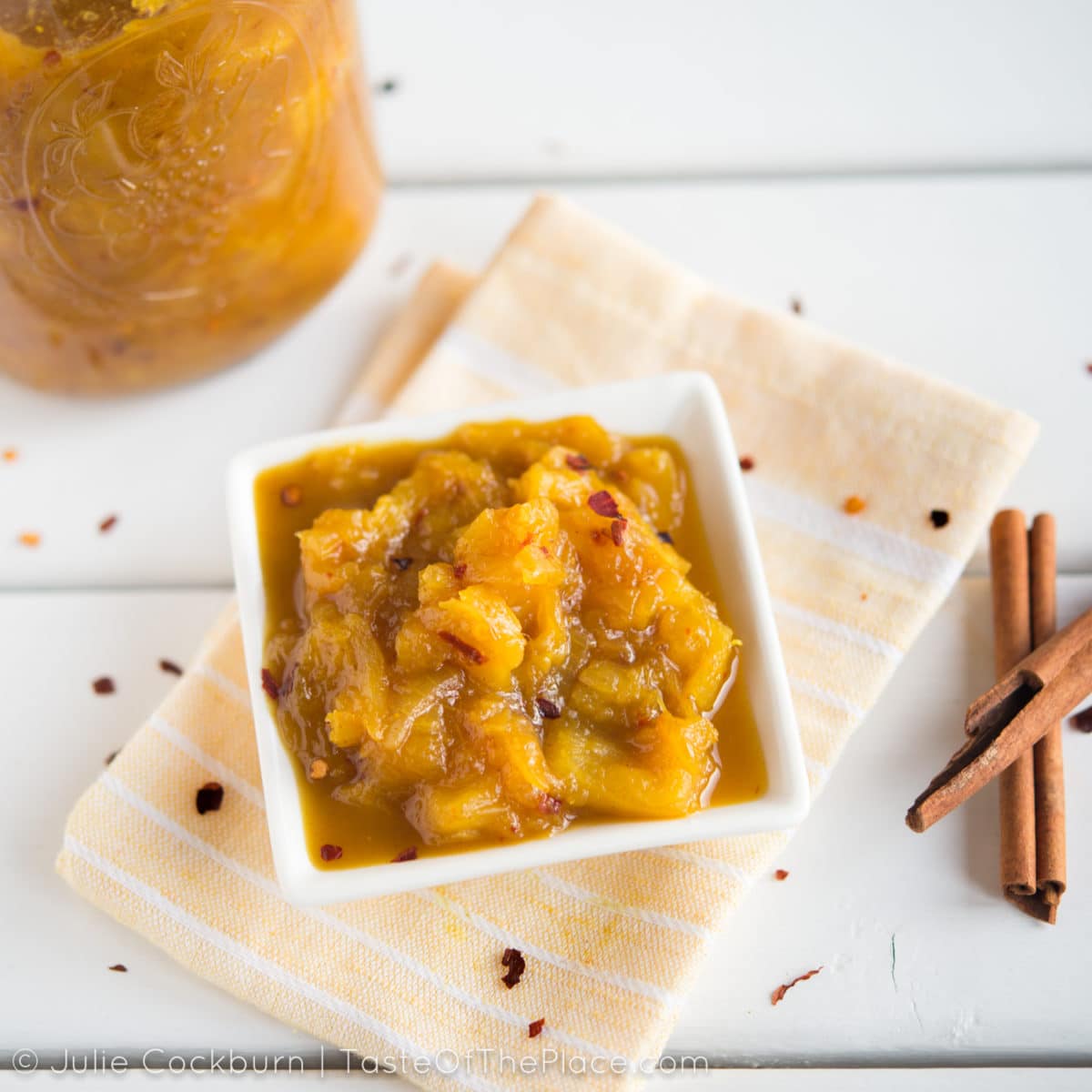
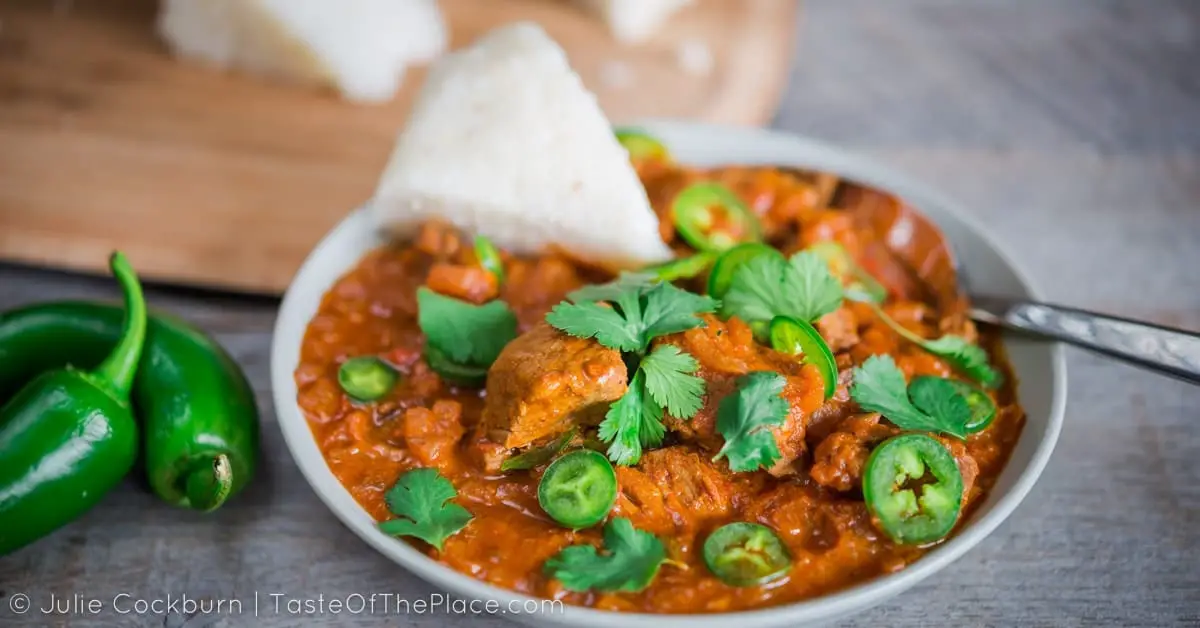
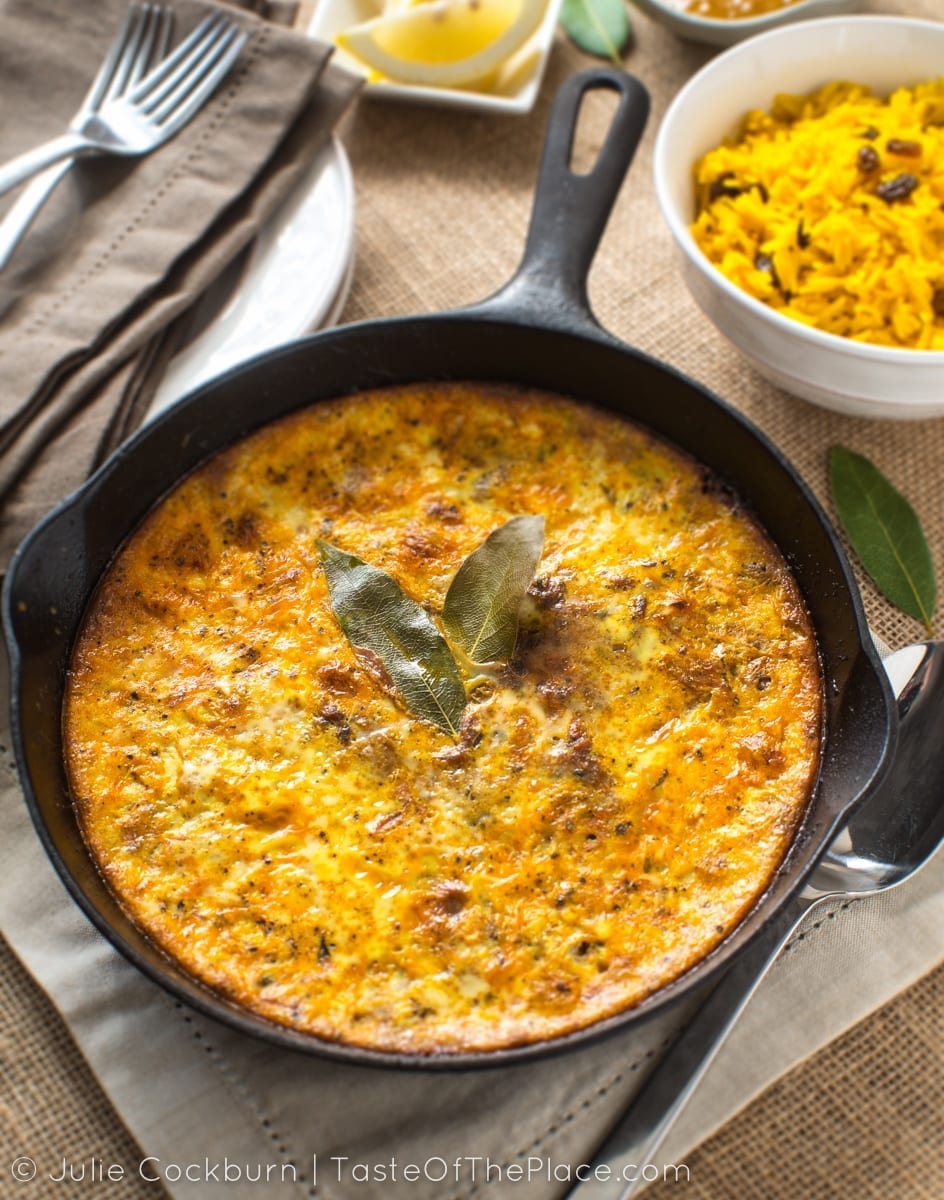
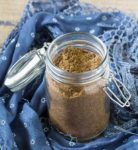

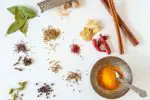

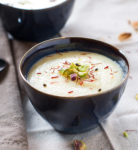






Leave a Reply